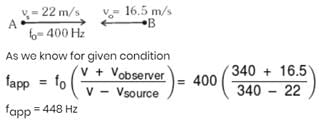Sample JEE Main Physics Mock Test - JEE MCQ
25 Questions MCQ Test - Sample JEE Main Physics Mock Test
Number of electrons emitted by a surface exposed to light is directly proportional to
In photoelectric emission the number of electrons ejected per second
A travelling microscope is held vertical and focussed at a point object 'O'. The reading of the microscope is 9.65 cm. A thick glass slab is placed on O and its image O’ was observed with the microscope by refocusing it. The reading was now 11.65 cm. Finally a few particles of lycopodium powder is sprinkled on the top of the glass slab and it is viewed with the microscope by re-focusing. The reading of microscope is found to be 12.85 cm. The refractive index of the material of the glass slab is
According to Hooke's law of elasticity, if stress is increased, the ratio of stress to strain
If the distance between the plates of parallel plate capacitor is halved and the dielectric constant of dielectric is doubled, then its capacity will
A step-up transformer operates on a 230 V line and supplies a load of 2 ampere. The ratio of the primary and secondary windings is 1 : 25. The current in the primary is
Two thin wire rings each having a radius R are placed at a distance d apart with their axes coinciding. The charges on the two rings are +q and -q. The potential difference between the centres of the two rings is
A mass of a gas exerts a pressure of 72 cm of mercury at 27o cm of mercury at 27oC. It is heated at constant volume and the pressure after some time becomes 90 cm of mercury. What is the temperature of the gas?
The mass of the earth is 81 times that of the moon and the radius of earth is 3.5 times that of the moon. The ratio of the acceleration due to gravity at the surface of the moon to that at the surface of the earth is
A particle moves in a circular orbit under the action of a central attractive force inversely proportional to the distance 'r'. The speed of the particle is
A nucleus with Z = 92 emits the following in sequence: α , α , β− , β− , α , α , α , α ; β− , β− , α , β+ , β+ , α . The Z of the resulting nucleus is
In the following question, a Statement of Assertion (A) is given followed by a corresponding Reason (R) just below it. Read the Statements carefully and mark the correct answer-
Assertion(A): Virtual images are always erect.
Reason (R): Virtual images are formed by diverging lenses only.
In the following question, a Statement of Assertion (A) is given followed by a corresponding Reason (R) just below it. Read the Statements carefully and mark the correct answer-
Assertion(A): According to law of conservation of mechanical energy sum of kinetic energy and potential energy is always constant.
Reason(R): Mechanical energy is conserve.
When seen in green light, the saffron and green portions of our National Flag will appear to be
Heat capacity of a substance is infinite. It means
Two tuning forks A and B produce 6 beats per second when sounded together. When B is slightly loaded with wax, the beats are reduced to 4 per second. If the frequency of A is 512 Hz, the frequency of 'B' is
In Young's double slit experiment, an interference pattern is obtained on a screen by a light of wavelength 6000 Å coming from the coherent sources S1 and S2. At certain point P on the screen third dark fringe is formed. Then the path difference S1p − S2p in microns is
The K.E. of a light and a heavy object is same Which object has more momentum?
Two rods 1 and 2 are released from rest as shown in figure.
Given: l1=4l, m1=2m, l2 = 2l and m2 = ml1=4l, m1=2m,l2=2l and m2=m. There is no friction between the two rods. If αα be the angular acceleration of rod 1 just after the rods are released. Then :
Q. What is the normal reaction between the two rods at this instant ?
At what speed a ball must be projected vertically upward so that distance travelled by it in 5th second is equal to distance travelled in sixth second (in m/s):-
In thermodynamic process pressure of a fixed mass of gas is changed in such a manner that the gas releases 30 joule of heat and 18 joule of work was done on the gas. If the initial internal energy of the gas was 60 joule, then, the final internal energy (in J) will be:
In a certain amplitude modulate wave, maximum amplitude is 8V. If modulation factor is 60% then minimum amplitude of the wave, will be-
Figure shows a Meter bridge wire AC has uniform cross-section. The length of wire AC is 100 cm. X is a standard resistor of 4Ω and Y is a coil. When Y is immersed in melting ice the null point is at 40 cm from point A. When the coil Y is heated to 100ºC, a 12Ω resistor has to be connected in parallel with Y in order to keep the bridge balanced at the same point. The temperature coefficient of resistance of the coil is x × 10–2 SI units. Find the value of x.
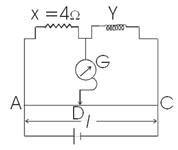
Two cars moving in opposite directions approach each other with speed of 22 m/s and 16.5 m/s respectively. The driver of the first car blows a horn having a frequency 400 Hz. The frequency heard by the driver of the second car is [velocity of sound 340 m/s] (in Hz):-


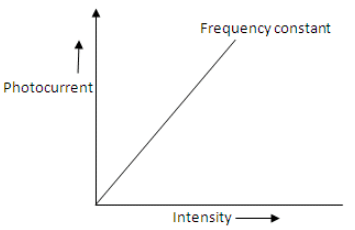

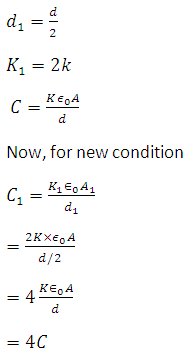

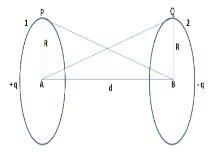
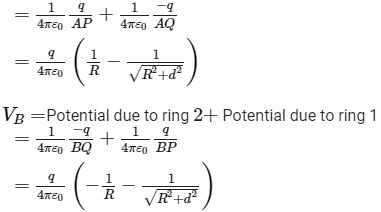


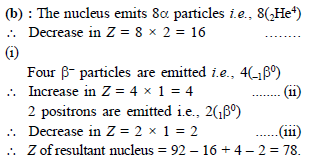
 =15000AA = 1.5 micron
=15000AA = 1.5 micron

